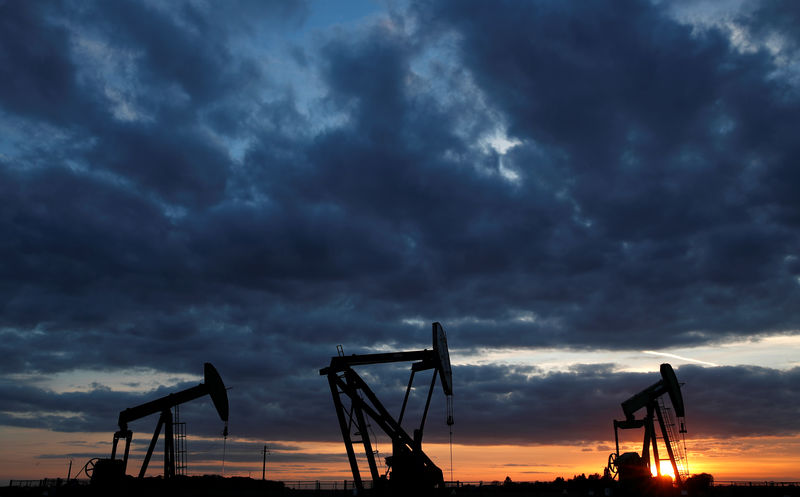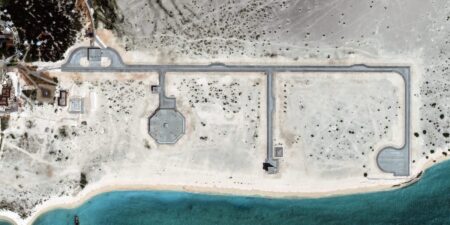Investing.com– Oil prices rose slightly in Asian trade on Tuesday, extending gains from the prior session as top importer China gave clear signals on its plans for fiscal stimulus, while wildfires in Canada came dangerously close to oil hubs in the country.
Still, bigger gains were held back by anticipation of key U.S. inflation data, which is likely to factor into the outlook for interest rates. The retained recent gains, also applying pressure on oil markets.
expiring in July rose 0.3% to $83.59 a barrel, while rose 0.3% to $78.85 a barrel by 20:40 ET (00:40 GMT). Both contracts rose more than 1% each on Monday.
China outlines fiscal stimulus plans
China’s finance ministry said on Monday that it plans to start raising 1 trillion yuan ($138 billion) through a long-awaited bond issuance this week.
The issuance is aimed chiefly to stimulate key aspects of China’s sluggish economy, and will entail the issuance of special government bonds with tenors of 20 to 50 years.
Chinese ministers said the bonds will be used to shore up sluggish economic growth, and will be deployed towards key sectors including infrastructure.
While the issuance was largely telegraphed by Chinese authorities, its confirmation still factored into some optimism over improving economic conditions in the world’s biggest oil importer.
The bond issuance came after mixed inflation readings over the weekend raised some concerns over a sustained economic recovery in China. While consumer inflation rose, producer inflation shrank for a 19th consecutive month.
Canadian wildfires could cause potential supply disruptions
Major wildfires spread across Western Canada, presenting the potential for disruptions in Canadian oil and gas supplies, especially as they neared a key oil hub.
Residents of Fort McMurray, Alberta, were put on alert as the province saw two “extreme” wildfires. The city is the closest settlement to Canada’s biggest oil-sands operations, and had in 2016 suffered severe damage from wildfires.
Still, rain in the region helped decrease the immediate threat from the fires, although residents were still kept on alert.
Any worsening in the wildfires present the prospect of supply disruptions in Canada’s massive oil and gas industry, which is a key part of North American crude markets.
Canada’s worst-ever wildfire season, seen in 2023, knocked out as much as 300,000 barrels of production a day. In 2016, damage to Fort McMurray had put about 1 million barrels per day out of commission.
Read the full article here















